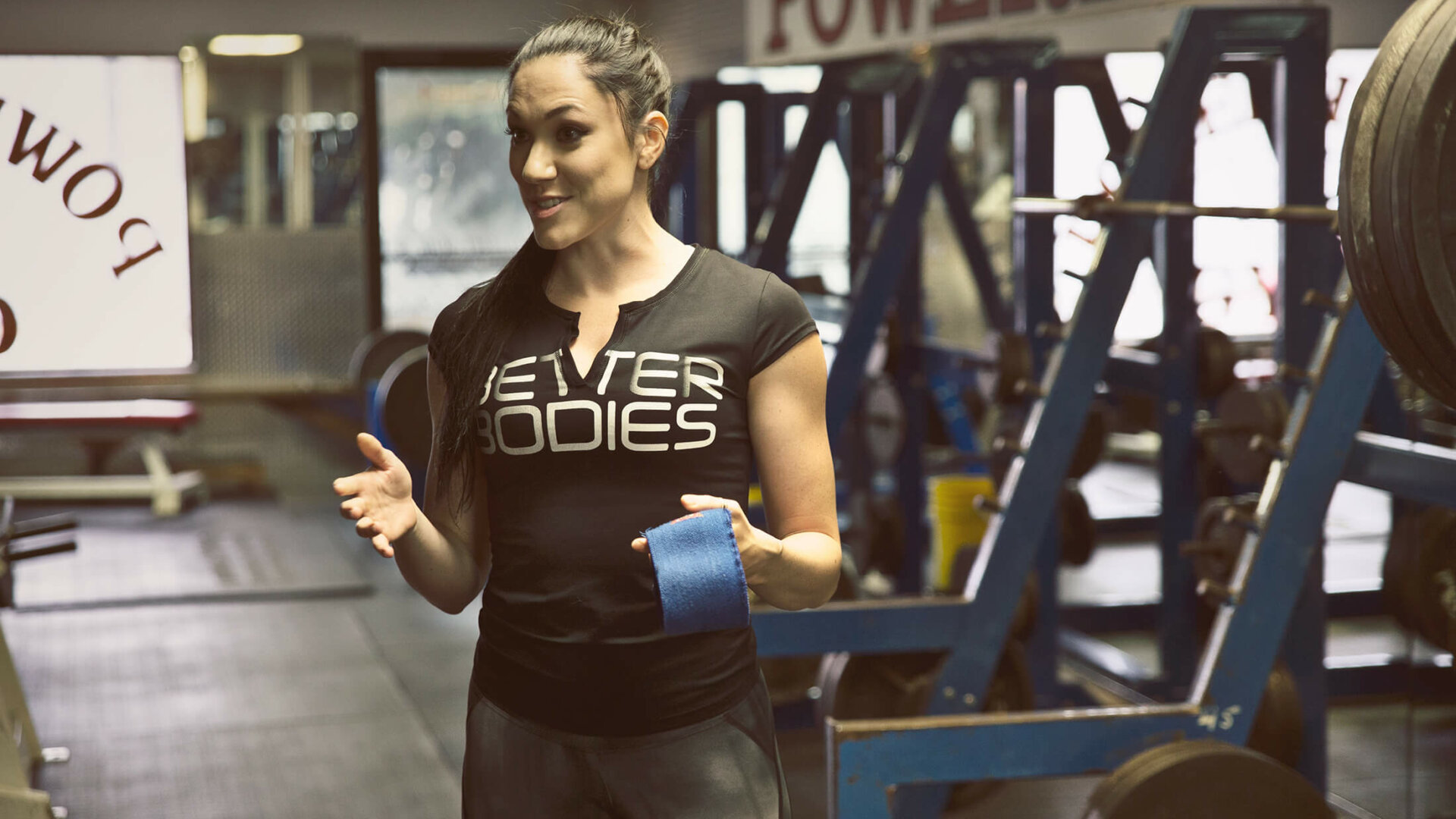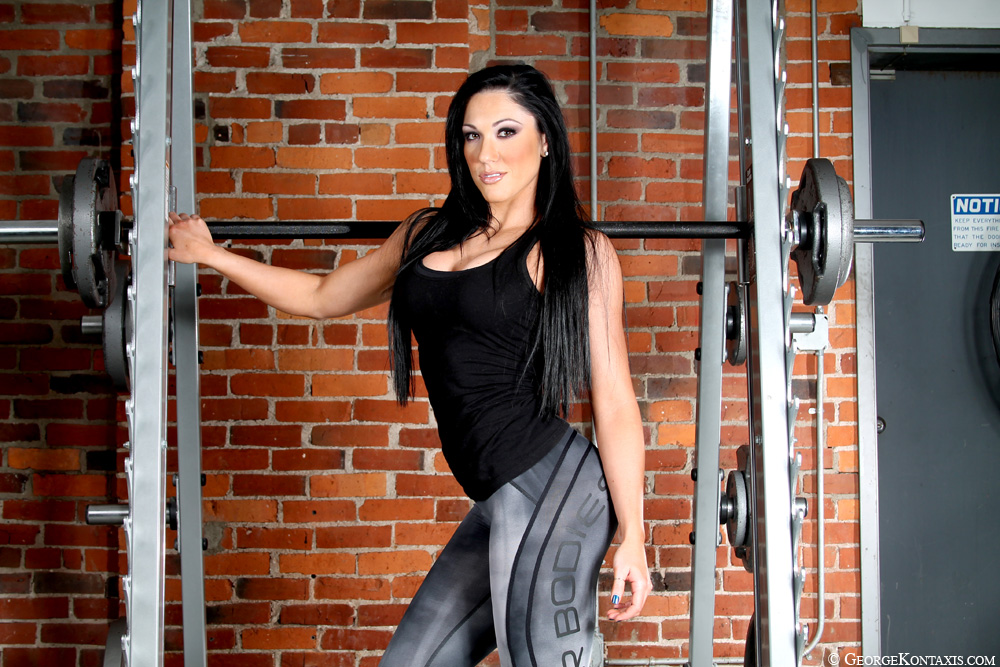Whether you are a bikini competitor, an aspiring bikini competitor or someone who simply wishes to look like a bikini competitor, training is paramount to transforming your physique. But what is the most optimal way to train? Social media makes it hard to distinguish what is ‘right’ for you with so many conflicting messages. There are some girls who preach light weights and only seem to do kickbacks and ‘plyos’ while other girls squat and hip thrust massive amounts of weight and promote lifting heavy weights. What’s a girl to do?!
Through years of self-experimentation and using scientific principles to guide programming, I have found what seems to be optimal for most people. I have italicized most people because not everyone will respond the same – but this is simply a guide so tweak as needed. This article serves as a blueprint to train like a bikini competitor.
Do a Little Bit of Everything
The examples I gave in the beginning are extremes on both ends of the training spectrum – exclusively heavy or light load training. As with most things physique related, I try to stay away from solely working in extremes – training is no different. Proper programming for the bikini competitor or bikini physique should incorporate heavy, moderate and light loads. I believe utilizing all three types of loading schemes creates a complete program. At different parts of an offseason or a prep, you may incorporate one type of loading more than the other, but all three schemes should be present in your programming at all times.
Compound Lifts
With the increasing popularity of female powerlifting, more and more women are training the ‘Big Three’ (squat, bench and deadlift). While not everyone needs to train like a powerlifter, I do believe that compounds lifts provide a solid base to your training program. What I feel is especially important for bikini competitors are variations of the compound lifts to compliment physique goals. Compound lifts are challenging, can be easily manipulated to add volume and/or increase intensity in a program, and hit multiple muscle groups at one time. Below is a list of compound lifts to incorporate into your programming that will compliment bikini physique goals.
- Back squat
- Front squat
- Pause squat
- Box squat
- Hip thrust
- Glute bridge
- Sumo deadlift
- Conventional deadlift
- Romanian deadlift
- Block deadlifts
- Deficit deadlifts
- Standing barbell overhead press
- Seated barbell overhead press
- Push press
- Dumbbell press
- Smith machine press
Accessory Lifts
After properly programming compound movements for progressive overload, it is important to choose the right accessory work. Accessory work should work to improve the weak areas in your physique. The loading schemes and total amount of volume on accessory work will change depending on where you are competitively or in the offseason but the overall principles remain the same – do not only use light loads here, use moderate also and occasionally ‘heavy’. It is not vitally important to hit a 3RM on something like a tricep press but it is important to hit a heavy set of 8’s every once in a while. That being said, don’t neglect higher rep, lower weight sets of let’s say 20s to get a great pump and cause some serious metabolic stress. When choosing accessory lifts, also remember to keep in mind the areas that need the most attention in bikini – shoulders, glutes and hamstrings – but don’t forget to train your other body parts. A balanced physique is essential!
Preloading, Activation, Warmup…
Whatever you choose to call ‘hitting several exercises before your main working sets with high rep, lighter loads’, I would highly suggest trying it. Activating the muscle group(s) you are trying to target while getting a full warm up is setting the workout up for success! Every time I have stopped doing this and then gone back I really have to question myself “Why did I stop doing this?!” Choose two to three exercises with a light load, high rep scheme before your main lifts. An example before a leg day would look like this – Hip Circle walks (can find on howmuchyabench.net), kettlebell swings and banded abductors performed in a circuit style with 2-3 sets for 15-25 reps each set before a squat or deadlift variation.
Putting it all together
As mentioned previously, the amount of time you dedicate to different exercises and loading schemes is highly dependent on your goals. However, in more cases than not, I suggest finding some sort of balance between heavy, moderate and light loading schemes on both the compound movements and your accessory work. Don’t neglect one for the other when working on your ideal bikini physique.
Below is a template of all the ideas mentioned in this article. Make sure you take the time to try different loading schemes, total volume and intensity and see what works best for you and your goals. Happy lifting girls!
Example template
Preload/Activation/Warmup
- 2-3 exercises
- Light load, high rep
- 2-3 sets x 15-25 reps with little rest should be sufficient
Compound Lifts
- Choose 1-3 compound lifts you find enjoyable and appropriate for your training status
- The progression is highly dependent on your goals
- Don’t be afraid to try different reps, percentages, rest time, etc. here.
Accessory Lifts
- Choose 2-5 accessory lifts that work on your weak areas
- Don’t neglect body parts even if they aren’t top of your priority – remember it’s all about a balanced physique!
- Try different reps, sets, drop sets, time under tension, variations of each movement, etc. here.

